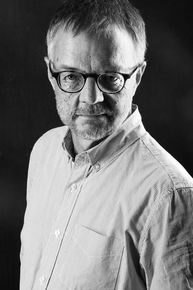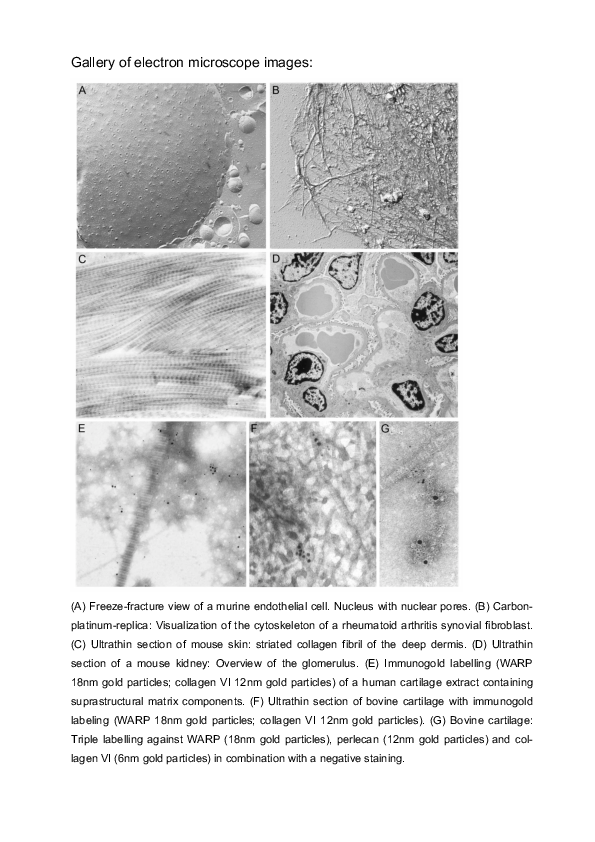Electron microscopy technology platform
The electron microscopy (EM) technology platform is located in the Institute for Musculoskeletal Medicine (IMM). Here we offer research groups scientific and technical support for their EM questions. We support projects starting with the choice of the right preparation techniques through to the scientific interpretation of the results obtained. The aim is the connection between ultrastructure and function to answer a large number of biological questions. The identification of subcellular structures serves to confirm and substantiate light microscopic and biochemical results and provides information that is difficult to obtain in any other way.




